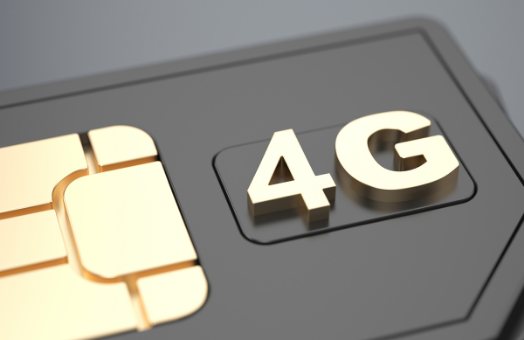Author’s Note: This article was originally published on October 15, 2020. We’ve updated it with more up-to-date information on 3G network sunsets that are affecting operators now.
The unattended retail industry is evolving at a rapid pace. At this moment, millions of devices are connected online — sending data, processing cashless transactions, and enabling operators to be proactive in making everyday business decisions. The power of cellular networks is integral to this entire process, whether it be vending machines, kiosks, or micro markets.
This constant evolution of technology requires cellular carriers to upgrade their networks and sunset older generations in order to make way for towers to support the full move to 4G/4G LTE. To better understand what the move to 4G means for your business, here are five things you need to know.
#1 | Why are the 2G and 3G networks being sunset?
In order for cellular carriers to keep up with technology advancements, they have to upgrade networks every 10 years or so. Ever since the first generation (1G) network was launched in 1979, consumers and business alike have clamored for faster, more advanced connectivity. 2G was introduced in 1992 and 3G in 2002, enabling internet connectivity as well as video and international roaming. In 2009, what we know as 4G or 4G LTE (Long Term Evolution) amped up what was already available.
Now, cellular carriers are phasing out their older 2G and 3G networks, which will end-of-life older devices that use either network.
#2 | When will the 2G and 3G networks shut down?
Network sunsetting has been a gradual process, but you can expect that all cellular carriers will sunset their 2G/3G networks by the end of 2022.
As an operator, it’s important to plan ahead and understand which of your devices will need to be upgraded in order to maintain business continuity. View instructions for identifying which devices need 4G upgrades.
#3 | How will this affect your 2G/3G device(s)?
As cellular carriers upgrade their networks to 4G LTE, they will phase out the older generation networks due to capacity and bandwidth. This will impact any 2G- or 3G-powered equipment, no matter the device manufacturer.
Simply put: Any devices that are powered by 2G or 3G will slowly become less reliable over time (causing connectivity issues), and will eventually will no longer work at all.
#4 | What are the benefits of moving to 4G?
The advantage of the 4G or 4G LTE network is that it’s faster, more reliable, provides a wider range of coverage, and enables a more responsive device. 4G is the most widely used network in the U.S. and provides greater capabilities than the legacy 2G/3G networks. It will also help to speed up credit card transactions and improve data reliability within your systems due to greater uptime and device performance.
#5 | How is Cantaloupe supporting this transition from 3G to 4G?
We understand there are challenges to device upgrades. Our team at Cantaloupe (formerly USAT) has already experienced the transition from 2G to 3G, and we’ve been using that experience to work with customers before the final 3G network sunsets at the end of 2022. If you know that you have legacy 2G or 3G devices in the field, now is the time to upgrade.
